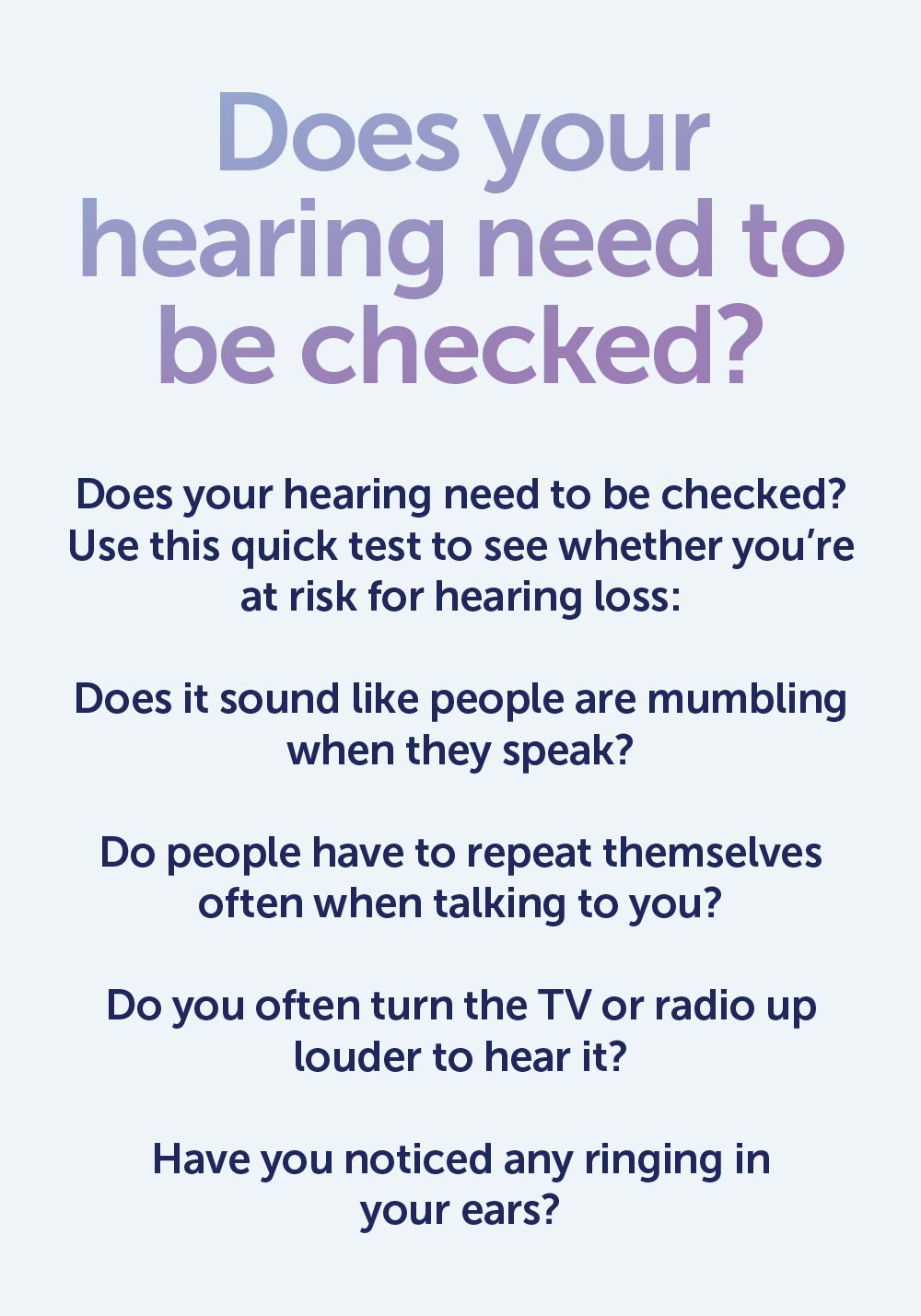Enhancing Learning: Addressing Auditory Processing Issues In Dyslexia
Enhancing Learning: Addressing Auditory Processing Issues In Dyslexia
Blog Article
Writer-Vilhelmsen Mccormick
When you consider the challenges that dyslexic students deal with, it's clear that acoustic processing problems frequently play a substantial duty. You could question how customized approaches can bridge the gap between auditory instructions and understanding. By incorporating aesthetic help and damaging jobs into manageable steps, you could boost emphasis and understanding. However, the options do not quit there. What other techniques can produce a genuinely helpful learning setting that fosters success and self-confidence?
Recognizing Dyslexia and Auditory Processing
Dyslexia impacts approximately 1 in 5 individuals, making it among one of the most common learning disabilities. If you're browsing dyslexia, you may locate that it doesn't just influence analysis and writing; it can likewise impact just how you process acoustic details.
Acoustic processing refers to how your brain analyzes sounds, consisting of language. When you battle with this, it can result in difficulties in understanding talked instructions and complying with conversations.
You could observe that you frequently misinterpret what you listen to or that it takes much longer for you to react in discussions. This isn't a representation of your knowledge; it's a particular problem related to refining auditory signals.
Understanding this link is critical because it aids clarify why you might excel in visual tasks while facing hurdles in jobs that rely upon acoustic understanding.
Identifying these obstacles can empower you. By comprehending the complexities of dyslexia and auditory handling, you can better advocate for your needs, whether in educational settings or social scenarios.
It's important to recognize these concerns so you can seek the best assistance and methods in the future.
Effective Methods for Assistance
Navigating the obstacles of auditory processing can feel frustrating, however there work approaches that can assist you flourish.
By executing these strategies, you can boost your learning experience and improve your ability to procedure auditory information.
- ** Use aesthetic help **: Pairing acoustic instructions with visual supports, like charts or layouts, can dramatically enhance understanding.
- ** Damage tasks right into smaller sized steps **: Streamlining instructions into convenient pieces permits you to concentrate and refine information more effectively.
- ** Exercise energetic paying attention **: Engage in exercises that encourage you to pay attention attentively, such as summarizing what you have actually listened to or asking concerns for information.
- ** Include innovation **: Use apps or software application developed to help with auditory handling, such as speech-to-text tools or audiobooks, to enhance learning.
Creating Helpful Understanding Environments
Producing an encouraging understanding environment is crucial for aiding people with auditory handling obstacles do well. Start by decreasing diversions in your class or learning space. Use acoustic panels or soft home furnishings to absorb noise, which can assist pupils focus better. Make sure seating plans enable clear sightlines to the educator and any visual aids.
Next, incorporate clear and concise interaction. Speak gradually and make use of simple language, checking for comprehending frequently. relevant internet page to ask questions if they're unsure. Aesthetic aids like graphes, diagrams, and created instructions can improve comprehension and retention.
Furthermore, foster executive functions training of persistence and understanding among peers. Show pupils regarding acoustic handling concerns, promoting empathy and assistance. Group activities can be advantageous; simply make certain that functions are clear which pupils interact to support each other.
Ultimately, provide routine responses. Commemorate progression and success, despite how little. This support develops confidence and reinforces the concept that understanding is a trip.
Conclusion
In your journey to improve discovering for people with dyslexia, consider each approach as a tipping stone across a river. By weaving with each other acoustic and visual aids, breaking tasks right into bite-sized pieces, and supporting an encouraging atmosphere, you help produce a bridge to understanding. Remember, cultivating compassion among peers and appealing family members can light the path to success. With patience and devotion, you'll encourage students to soar above obstacles, changing their battles right into staminas.
